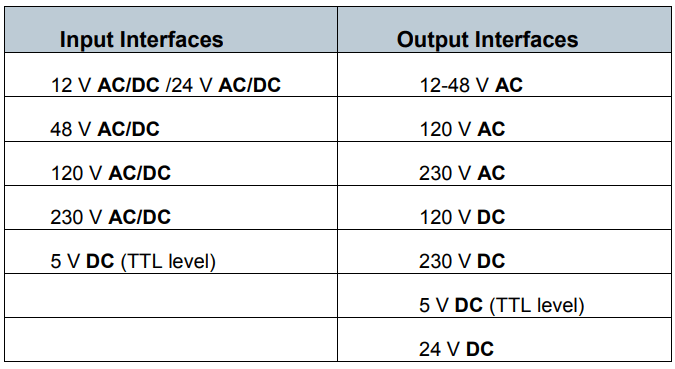Discrete AC Input Modules
Discrete AC input modules are made up of two sections: the power section and the logic section.
The power section does just what it sounds like provides power. The logic circuits process the digital signals that are sent to the processor.

Operation of a Discrete AC Input Modules
In a summarized form, the operation of a discrete AC input circuit is:
- The input noise filter eliminates false signals that result from contact bounce or electrical interference.
- 120 VAC is applied to the bridge rectifier input.
- A low-level DC output voltage results, which is then applied across the LED of the optical isolator.
- The phototransistor shifts into conduction mode and the position of the pushbutton is communicated to
the processor. - The optical isolator divides the higher AC input voltage from the circuits and averts damage to the
processor. The isolator also helps decrease the effect of electrical noise that is common in plant
environments. - An input state LED indicator is on once the input pushbutton is closed. This is used for fault finding.
- Because input polarity does not matter an AC/DC input module is used for AC and DC inputs.
- A PLC input module is set up one of two ways:
a. All inputs will be isolated from each other with no common input connections.
b. Common connections will be shared by groups of inputs.
There are four main tasks that are performed by discrete AC input modules.
- They sense a signal that is sent from a field device.
- They convert input signals to the correct voltage levels for their current PLC.
- They protect the PLC from fluctuations in a signal’s voltage or current.
- They send singnals to the processor which indicates which sensor sent the signal.




Responses